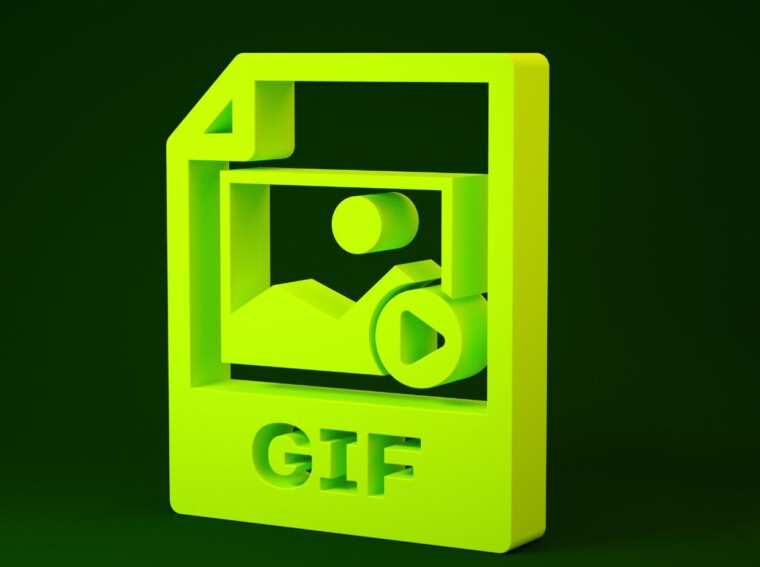4K GIF
In the dynamic world of digital imagery, 4K GIFs are the new game-changers. They’re not just your ordinary GIFs, they’re high-resolution, vibrant, and incredibly detailed. Let’s dive into the world of 4K GIFs and explore how they’re redefining visual experiences.
4K GIFs are the perfect blend of quality and creativity. They’re about bringing your visuals to life with an unparalleled level of detail. If you’re a visual content creator or just a fan of stunning visuals, you’re in the right place. I’m here to guide you through the ins and outs of 4K GIFs.
How to Create a 4K GIF?
Transitioning into the core of the matter, let’s delve into the process of creating a 4K GIF that adds a new depth to your creative efforts. Whether you’re a seasoned content creator or a novice venturing into image editing, this section will demystify the realm of 4K GIFs for you.
Choose the Right Software
First thing’s first, choosing the right software is critical to creating a 4K GIF. While there are various tools available, it’s essential to opt for one that supports high-resolution editing. Software like Adobe Photoshop, GIMP, or EZGIF.com are some of the credible options you can look at. Let’s take Adobe Photoshop for instance, renowned for its extensive features and support for a myriad of formats, it’s a popular choice among professionals. The critical point here isn’t just the capability to handle large files, but also the ability to manipulate frames and optimize colors effectively.
Optimize the Source Material
Next up is to optimize your source material. Remember, a high-quality GIF begins with high-quality source material. Whether you’re starting with a photo sequence or a video, the initial resolution should ideally be 4K or higher. Maintaining a 4K resolution during the process ensures that details are not lost as we move from static frames to animated sequences.
Adjust the Settings
Once you have your software ready and source material optimized, you’ll need to adjust the settings for your 4K GIF. When carrying out the adjustments, consider factors such as frames per second and color depth. It’s paramount to find a balance here – too high a frame rate or color depth can cause the file size to skyrocket plus you’d encounter challenges while sharing or viewing them online.
Finally, keep tweaking and experimenting with settings while previewing the results. There’s always room to learn and improve with every project. Armed with this knowledge, the world of 4K GIFs is at your fingertips – ready to be grappled with and ultimately mastered.

Best Practices for Using 4K GIFs
Putting theory into practice often takes a different set of skills. When it comes to creating 4K GIFs, it’s not just about how to make them but also about using them effectively. Follow these best practices to ensure your 4K GIFs looks great and perform well.
Select Appropriate Content
The first aspect you need to consider is the type of content you’re choosing. A 4K GIF needs richer content to fully portray its high resolution. You might think more color, more detail is always better. That’s not always the case. Too complex scenarios can lead to larger file sizes and might not display well in smaller-sized previews. As a rule of thumb, select subjects with clear, sharp lines and bold, solid colors. You’ll likely find that simpler content looks just as good, if not better, in a 4K GIF.
Consider File Size
Always keep your eye on the file size while creating and optimizing your GIF. Remember, a 4K GIF results in larger file sizes which can slow down your website or make your emails hefty. It’s easy for a high-resolution GIF to get out of hand. Aim for file sizes under 2.5MB for general use, but for ads stick to 150KB or less as some ad networks will not allow larger file sizes.
| Use Case | File Size |
| General | < 2.5MB |
| Ads | < 150KB |
Use Compression Techniques
Don’t be afraid to use compression techniques to reduce file sizes. While compressing your 4K GIF, make sure to select a method that maintains image quality. This might involve a trade-off — a slight decrease in quality to achieve a manageable size. Photoshop’s ‘Save for Web’ feature is a reliable tool, allowing for granular control over the balance between file size and quality. It may take some experimenting, but eventually you’ll find the sweet spot for your 4K GIFs.


